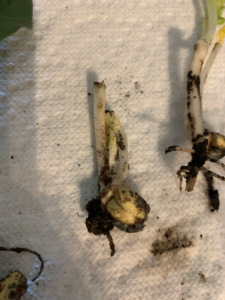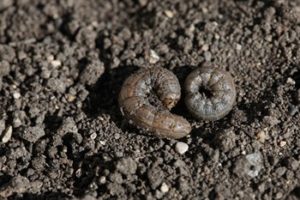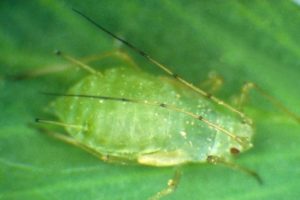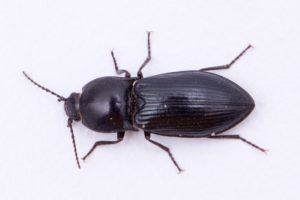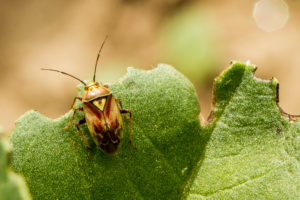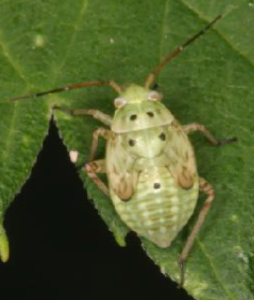Lentil – Insects
In general, insects have not been a major problem in lentil production in Alberta. However, in the drier areas of the province, grasshopper and cutworm can sometimes be a problem.
Wireworm occasionally cause some problems, but only if lentil is seeded into a field that has had a forage grass crop included in the rotation. Other insects such as lygus and aphid are occasionally found in lentil but rarely at levels that justify the cost of using an insecticide.
RESOURCE
LINKS
Cutworm
|
|
DAMAGE |
|
LIFE CYCLE |
|
CONTROL |
|
ECONOMIC THRESHOLD |
|
REFERENCE |
|
Grasshopper
|
|
DAMAGE |
|
LIFE CYCLE |
|
CONTROL |
|
ECONOMIC THRESHOLD |
|
REFERENCE |
|
Pea Aphid
|
|
DAMAGE |
|
LIFE CYCLE |
|
CONTROL |
|
ECONOMIC THRESHOLD |
|
RESOURCE |
|
REFERENCE |
|
Wireworms
|
|
DAMAGE |
|
LIFE CYCLE |
|
CONTROL |
|
ECONOMIC THRESHOLD |
|
REFERENCE |
|
OTHER INSECTS |
|
Lygus Bug |
|
Special thanks to Saskatchewan Pulse Growers.

